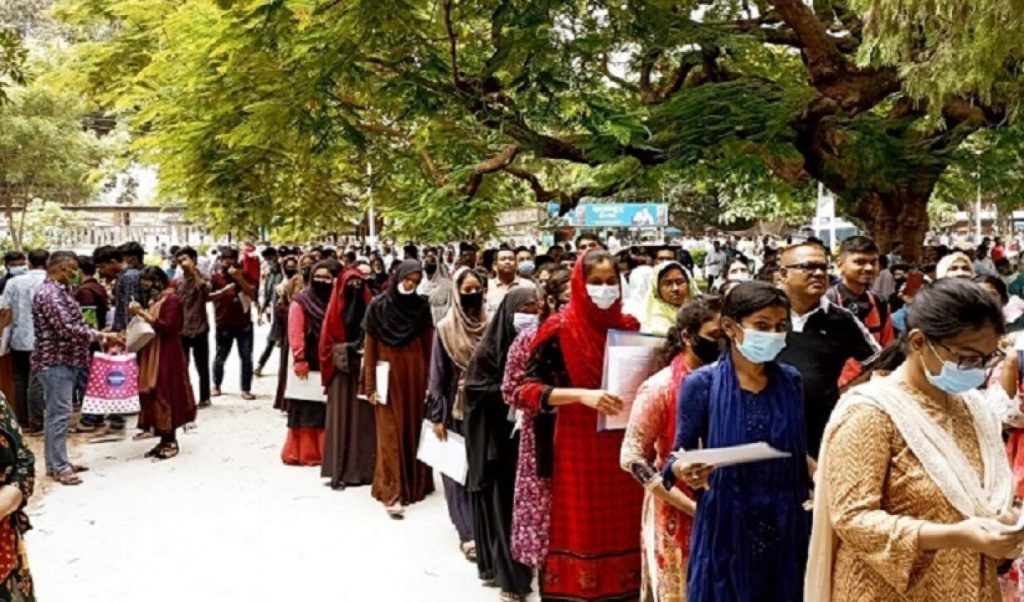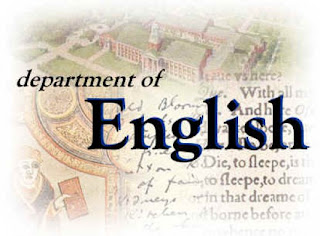
২৪ বিশ্ববিদ্যালয়ের চূড়ান্ত ভর্তি ও ক্লাস শুরুর তারিখ ঘোষণা
জিএসটি গুচ্ছভুক্ত ২৪ বিশ্ববিদ্যালয়ের ২০২৩-২৪ শিক্ষাবর্ষের স্নাতক প্রথম বর্ষের চতুর্থ ধাপের প্রাথমিক ভর্তি প্রক্রিয়া আজ শনিবার (২৮ সেপ্টেম্বর) শুরু হচ্ছে। এ ছাড়া আগামী ৫ অক্টোবর চূড়ান্ত ভর্তি ও ২০ অক্টোবর ক্লাস শুরু হবে। গুচ্ছ ভর্তিবিষয়ক ওয়েবসাইটে বিজ্ঞপ্তিতে দিয়ে এ তথ্য জানানো হয়েছে। এতে বলা হয়েছে, চতুর্থ পর্যায়ের প্রাথমিক ভর্তি প্রক্রিয়া ২৮ সেপ্টেম্বর বেলা ১২টা হতে […]
২৪ বিশ্ববিদ্যালয়ের চূড়ান্ত ভর্তি ও ক্লাস শুরুর তারিখ ঘোষণা Read Post »



